We care about your privacy. We attempt to limit our use of cookies to those that help improve our site. By continuing to use this site, you agree to the use of cookies. To learn more about cookies see our Privacy Policy.
How To Be A Pop Up Philanthropist
Social enterprise Better Shelter brings a new sustainable housing solution for communities displaced by climate and humanitarian crises, delivering modular homes that can be easily assembled.

By Janet Mercel, edited by Raeann Mason on 5.22.21
The freestanding steel frame is just under 19 feet long, about 9 feet high, and it takes up a significant footprint in the middle of Tase Gallery in Los Angeles, where social enterprise Better Shelter chose to present their new initiative. The space is similar to the longhouses inhabited for centuries by the indigenous Iroquois people who once populated New York. One can easily try to envision it as a home — where to cook for a family, the layout of beds and common areas — although this modular shelter is intended for a single family of five and not multiple nuclear units. It’s not a radical leap to think of America’s original displaced people while inside the literal framework of Structure.
Both a service and a product, Structure is immediate and long-term sustainable housing for communities affected by the emergent climate migrant crisis, natural disasters and war. 2020 brought Structure programs to India, Rwanda, Tajikistan and Afghanistan. In 2021, the goal is to bring aid to 10,000 families, with the help of humanitarian partners and the growing support of private donors.

The genius of Structure is using on-the-ground knowledge to avoid routine pitfalls for aid in crises, like spending a lot of money to import unnecessary materials or prefab shelters unsustainable with local climate, or a shaky supply chain. They’re meant to work with, not replace, local methods. Each unit comes in two flat-packs with tools and components, to be assembled by four people in a few hours, with no skilled labor. Post emergency situation, Structures become a more permanent dwelling that can last years, reinforced by local applications, like bamboo, timber, wattle and daub, an extremely durable material made of mud and applied over woven sticks.
The point is to quickly deploy shelter, but, over time, to also energize the local workforce and suppliers, says Structure founding team members George Macpherson and Amrit Sidhu. They are also to provide a sense of familiarity instead of a dehumanizing refugee camp where everything looks the same.
Structure’s goal is to reach a new demographic, to grow involvement and support in the global North, (read: you, me, us), and expand the initiative to more communities, including those closer to home. In California, we’re exposed daily in a visceral way to displacement and hunger. Homelessness in the city is projected to skyrocket, not decrease. Hurricanes, droughts, heat waves and wildfires, spurred on by global warming, continue to affect entire regions and communities, domestic and overseas. We are all running out of space, but it can be easier to focus on a crisis on the other side of the world than the one in your own literal yard.
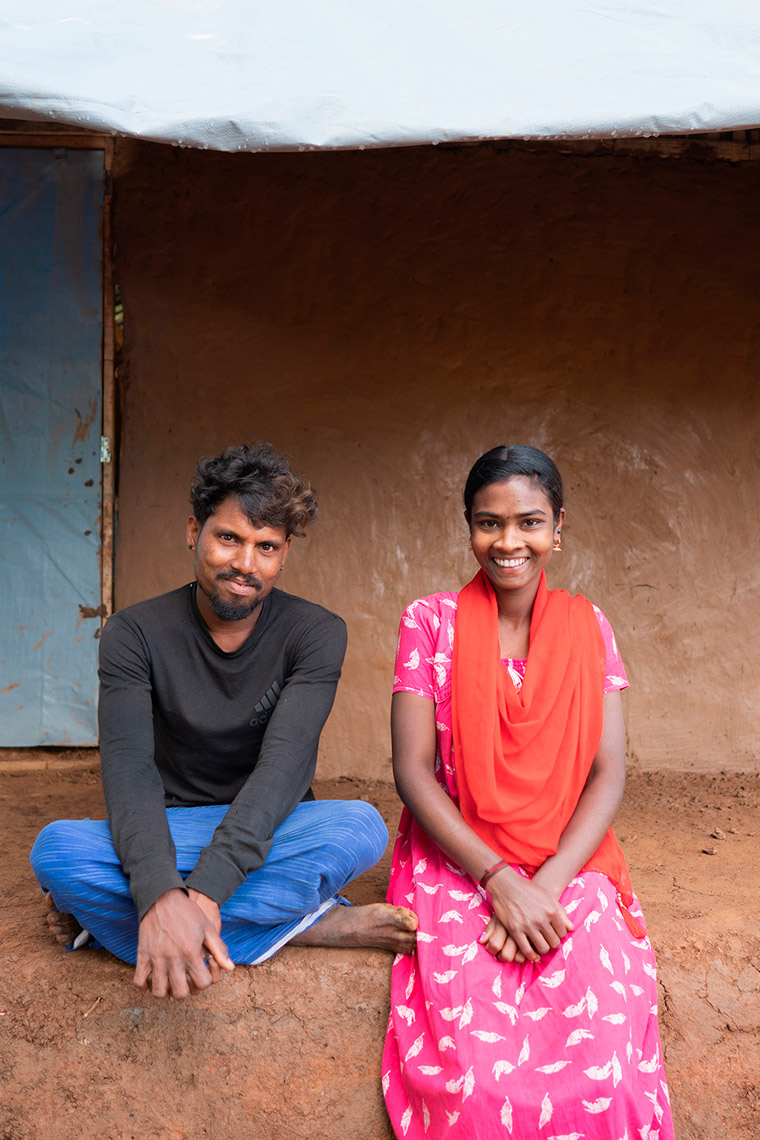
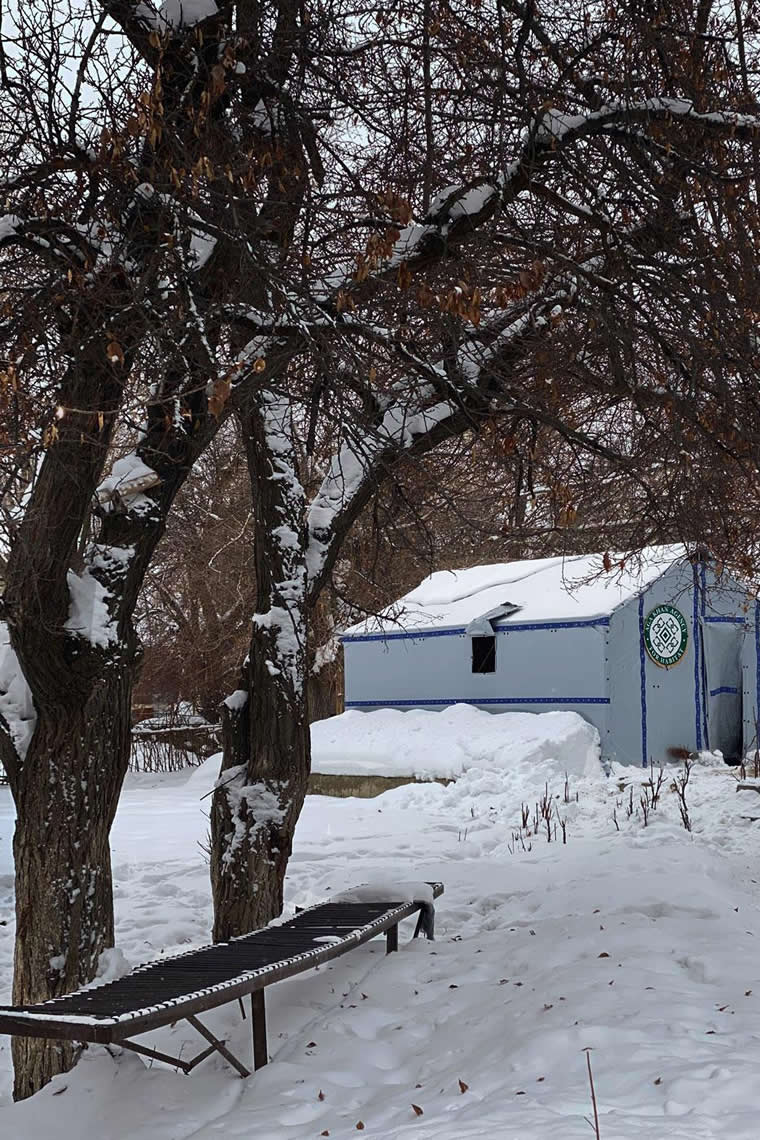
We are all emerging with a new sense of purpose and looking for simple, doable guidelines to focus our efforts. As Jesse Andrews, owner of Tase Gallery, puts it, “Using our demographic to showcase shelter for people who have lost their homes is by far the pinnacle of our exhibitions thus far.” The cost of one Structure is $365, scaled for perspective at a dollar a day for a year. And, in true all-hands-on-deck spirit for all those that want to be involved, there’s an attainable monthly option of $30.
Share this Story
More Culture & Celebration
Bulgari Hotels Screens “An Emperor’s Jewel – The Making of The Bvlgari Hotel Roma” in NYC
Hoteliers, artists, designers, and media came together for a special screening of "An Emperor’s Jewel – The Making of The Bvlgari Hotel Roma” at the exquisite Morgan Library in New York City
tell me more ›“Becoming Familiar” Is The Experience To See and Touch at Design Miami 2023
LA Based Raise the Moral Studio Sensory Art Objects Win Best Curio Presentation at Design Miami 2023
tell me more ›Helping Hands for Morocco
How to support from afar those making a difference on the ground
tell me more ›Ian Schrager & AHL Founder Ben Pundole Open 10th Annual L.E. Miami
The legendary hospitality impresario in conversation with his long time magic maker (and A Hotel Life founder) on the past, present and future of hotels
tell me more ›
